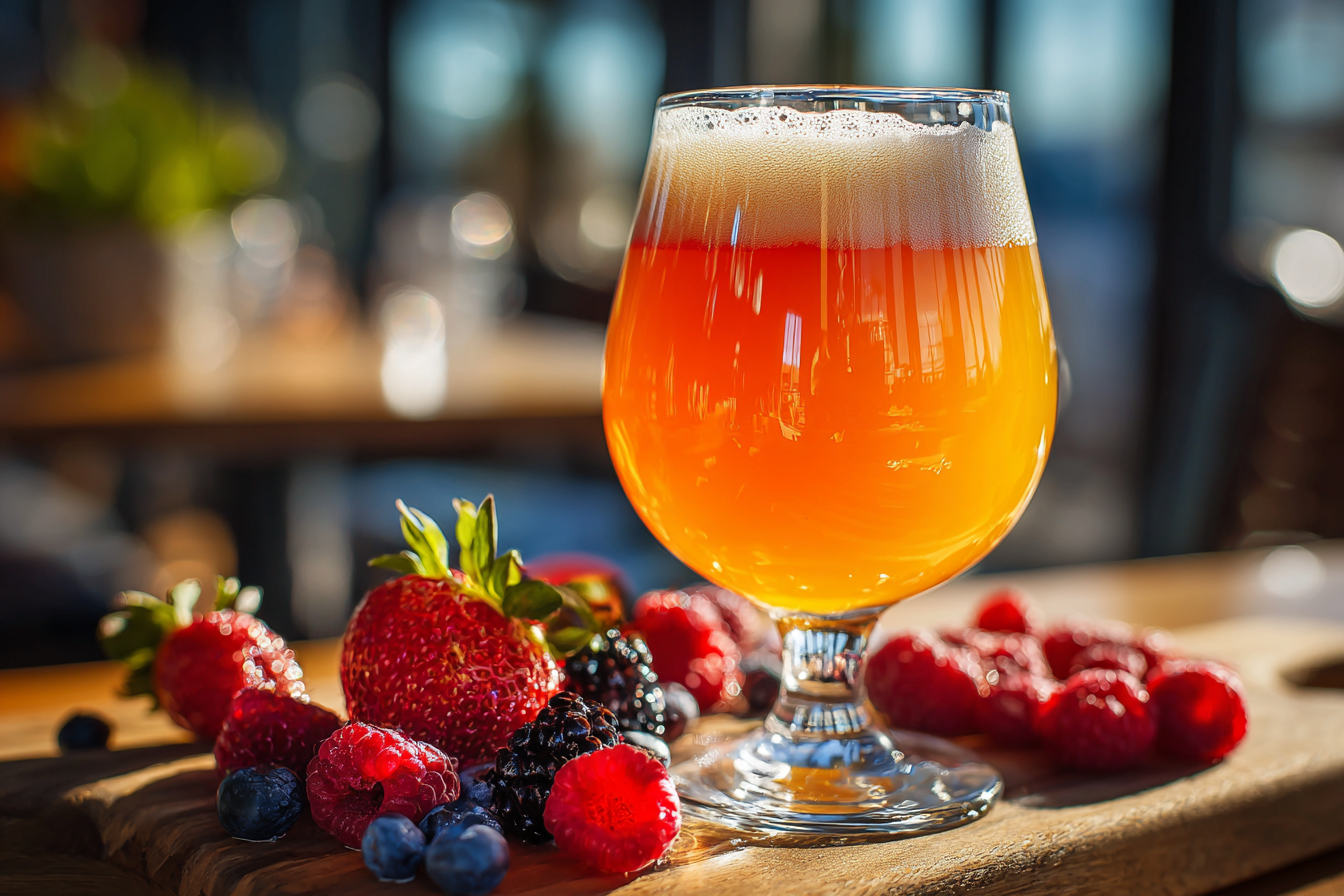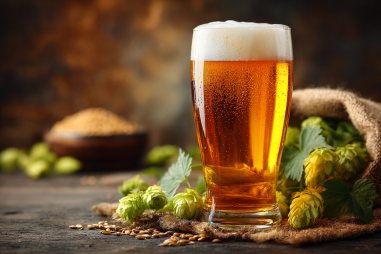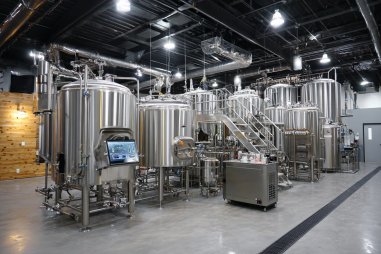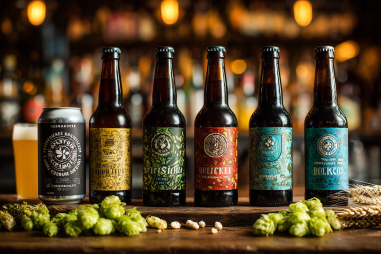Fruit IPAs have carved out a distinctive niche in the world of craft beer. Combining the bold, often bitter characteristics of traditional India Pale Ales with the vibrant, juicy notes of various fruits, these beers offer a refreshingly complex sensory experience. Whether you’re a seasoned IPA enthusiast or new to the style, understanding the fruit IPA flavor profile can deepen your appreciation and enhance your tasting experience. Let’s dive into what makes fruit IPAs unique and why they continue to captivate beer lovers everywhere.
Introduction to Fruit IPA
At its core, an IPA is a beer style celebrated for its strong hop presence, which delivers bitterness, floral aromas, and citrusy or piney notes. Fruit IPAs take this foundation and elevate it by integrating real fruit, fruit juices, or fruit extracts into the brewing process. This addition infuses the beer with additional layers of flavor and aroma, creating a balanced interplay between hop bitterness and fruity sweetness. The result is a beer that manages to be both robust and refreshing, making fruit IPAs increasingly popular on craft beer menus worldwide.
Key Characteristics of IPA Flavor Profiles
Traditional IPAs are known for their prominent hop character, which typically provides:
- Bitterness: The level of bitterness varies but is generally higher than other beer styles, contributing an assertive edge.
- Aromas and Flavors: Hops bring a complex bouquet, often featuring pine, resin, citrus (grapefruit, lemon), floral, or tropical fruit notes.
- Malt Backbone: While malts are present, they usually play a supporting role, offering subtle sweetness and body.
- Finish: Dry and sometimes resinous, leaving a lingering, bold character on the palate.
This hop-forward profile makes IPAs a versatile canvas when it comes to incorporating fruit because the bitterness provides a counterbalance to sweetness.
How Fruit Alters the Traditional IPA Taste
Adding fruit to an IPA doesn’t simply layer on sweetness; it fundamentally transforms the beer’s flavor dynamics. Fruit introduces natural sugars, acidity, and unique aromatic compounds that can complement or contrast the hops, depending on the type of fruit used and how it’s incorporated.
For example, the tartness of berries can brighten the bitterness and add a refreshing sharpness, while tropical fruits like mango or pineapple can enhance the beer’s natural citrusy hop notes by adding juicy sweetness. The acidity in many fruits also helps cleanse the palate and counterbalance the malt and hop bitterness, leading to a more harmonious and drinkable beer.
In some cases, fruit additions also affect the beer’s mouthfeel, contributing to a smoother texture or even a slight haze, depending on how much fruit is used and the brewing technique.
Common Fruits Used in Fruit IPAs
Many fruit varieties have found their way into fruit IPAs, each imparting signature traits that change the drinking experience:
- Citrus Fruits: Oranges, grapefruits, lemons, and tangerines are frequently used to intensify the inherent citrus qualities of hops.
- Berries: Blueberries, raspberries, blackberries, and strawberries add vibrant colors and tart, sweet flavors that pair well with floral or piney hops.
- Tropical Fruits: Mango, pineapple, passionfruit, and guava create juicy, sweet, and exotic layers that often harmonize with fruity hop varieties.
- Stone Fruits: Peaches, apricots, and cherries contribute soft sweetness and a subtle tartness, rounding out the beer’s flavor profile.
- Other Variants: Apples, pears, and pomegranate are also occasionally used to introduce crisp, refreshing notes.
Each fruit imparts not only flavor but also aroma and sometimes color, enabling brewers to craft a visually appealing and sensory-rich beer.
Balancing Bitterness and Sweetness
The hallmark of a quality fruit IPA lies in achieving the right balance between hop bitterness and the sweetness or tartness from the fruit. If the fruit is overpowering, the beer can become cloying; if the bitterness dominates, the fruit notes might be lost. Brewers carefully select hop varieties with complementary flavor profiles and adjust their bitterness levels to achieve harmony.
For example, using hops with citrus or tropical fruit notes can enhance or echo the added fruit flavors, while moderating bitterness prevents overshadowing the fruit’s nuance. The timing and method of fruit addition—whether during fermentation, after fermentation, or as a puree—also influence how well these flavors integrate.
Achieving this balance results in a beer that is complex yet approachable, inviting drinkers to savor both the traditional IPA characteristics and the fruity accents in every sip.
Popular Fruit IPA Examples
Several breweries have mastered the craft of fruit IPAs, creating popular expressions that showcase the style’s potential:
- Boulevard Brewing Company – Tangerine Dream: A tangerine-infused IPA with vibrant citrus notes and a moderate hop bitterness.
- Lagunitas Brewing Company – Little Sumpin’ Sumpin’ Ale: While technically a pale wheat IPA, it features hints of tropical fruit that balance its strong hop character.
- Dogfish Head – SeaQuench Ale: A session fruit IPA blending lemon, lime, and black lime to create a tart, refreshing profile.
- New Belgium Brewing – Voodoo Ranger Juicy Haze IPA: Celebrated for its hazy, juicy style with intense notes of mango, pine, and orange.
- Cigar City Brewing – Jai Alai IPA with mango: A twist on their flagship IPA incorporating mango to add a tropical fruit dimension.
These examples demonstrate a range from subtle fruit infusions that complement hop flavors, to bold blends where fruit takes center stage.
Tips for Tasting and Appreciating Fruit IPAs
When exploring fruit IPAs, adopting a mindful tasting approach can unlock their full complexity:
- Observe the Appearance: Notice the beer’s color and clarity. Fruit additions often contribute a hazier or more vibrant hue.
- Smell Deeply: Take a moment to detect the complexity of aromas—identify both the hop characteristics and the fruit scents.
- Take Small Sips: Allow your palate to register the initial bitterness followed by the fruit flavors. Notice how the sweetness and acidity interplay with the malt and hops.
- Consider Pairings: Fruit IPAs pair well with spicy, grilled, or tangy foods. Experiment to find combinations that highlight the beer’s unique character.
- Try Different Variants: Explore different fruits combined with varying hop types to see which blends you most enjoy.
Tasting with intention not only heightens your sensory awareness but also deepens your appreciation for the brewer’s artistry.
Why Fruit Flavors Elevate the IPA
Fruit IPAs stand out by introducing an extra dimension to the traditional IPA experience. The fusion of hop bitterness with bright, natural fruit sweetness and acidity creates a dynamic taste journey that appeals to a broader audience. It offers a refreshing twist for drinkers seeking complexity without overwhelming intensity.
This style also exemplifies the creativity within craft brewing—showcasing how innovation can push boundaries and blend classic beer traditions with new flavor horizons. By elevating the IPA with fruit, brewers have crafted a style that celebrates diversity, freshness, and balance, making it a favorite for many in the craft beer community.







